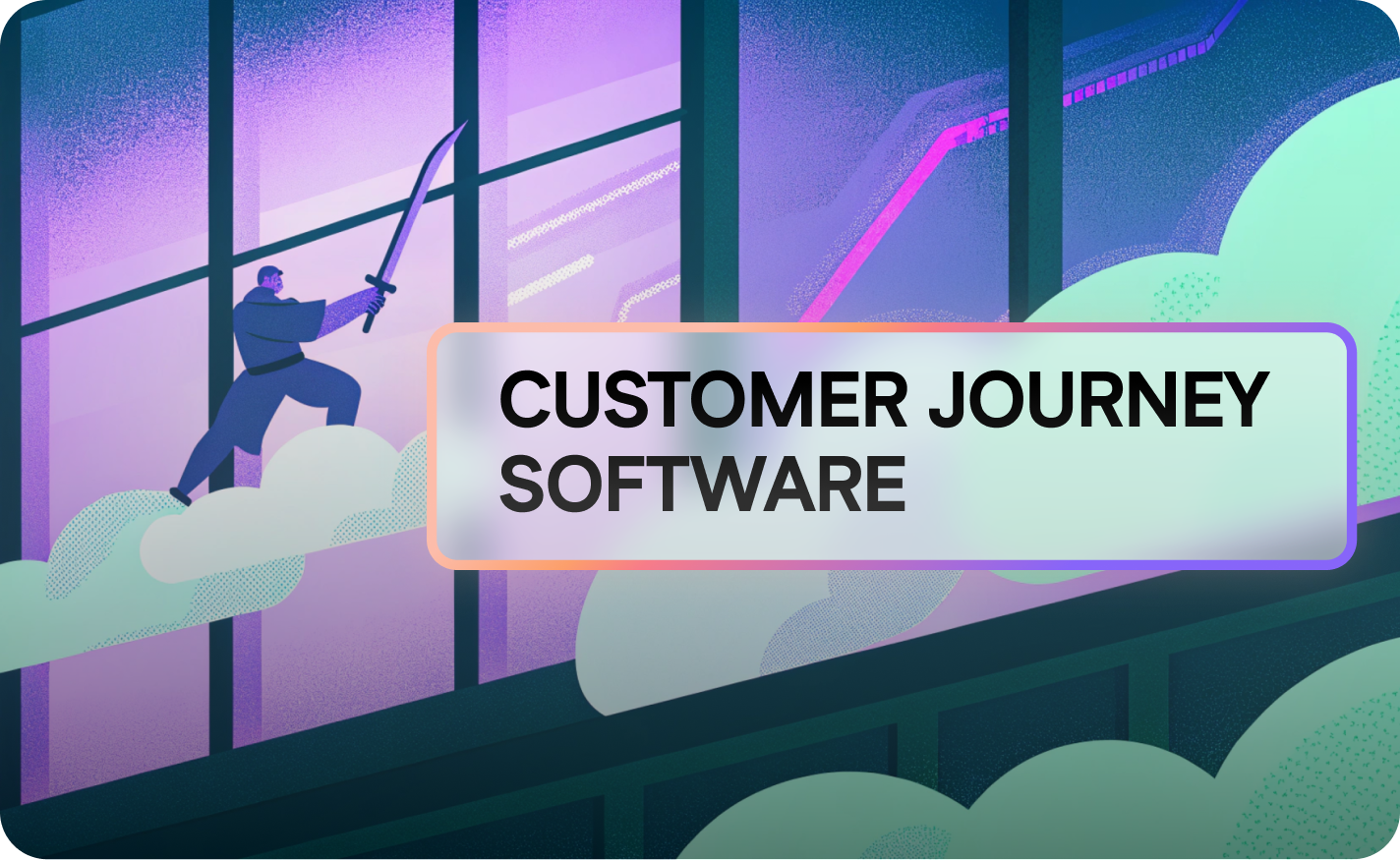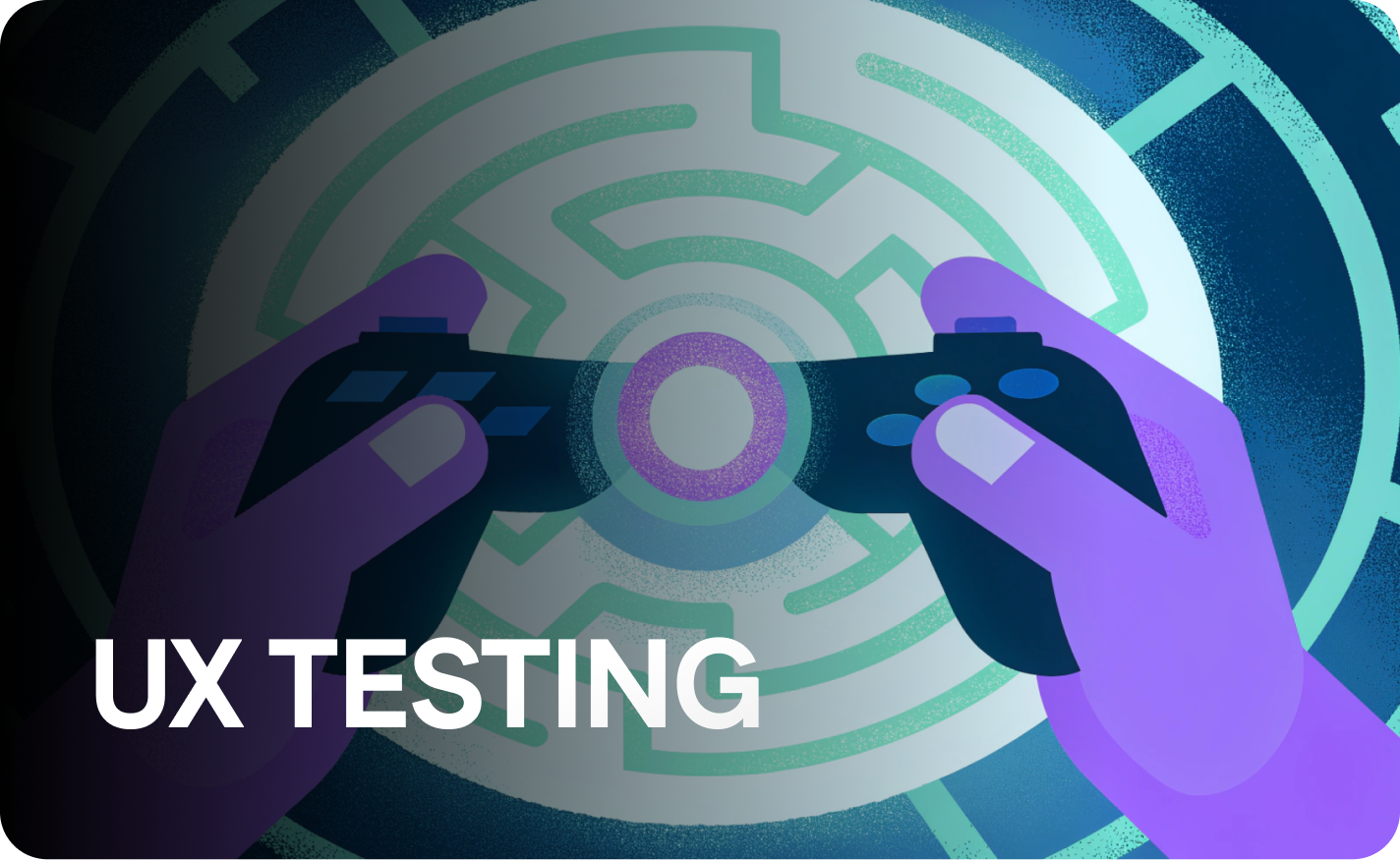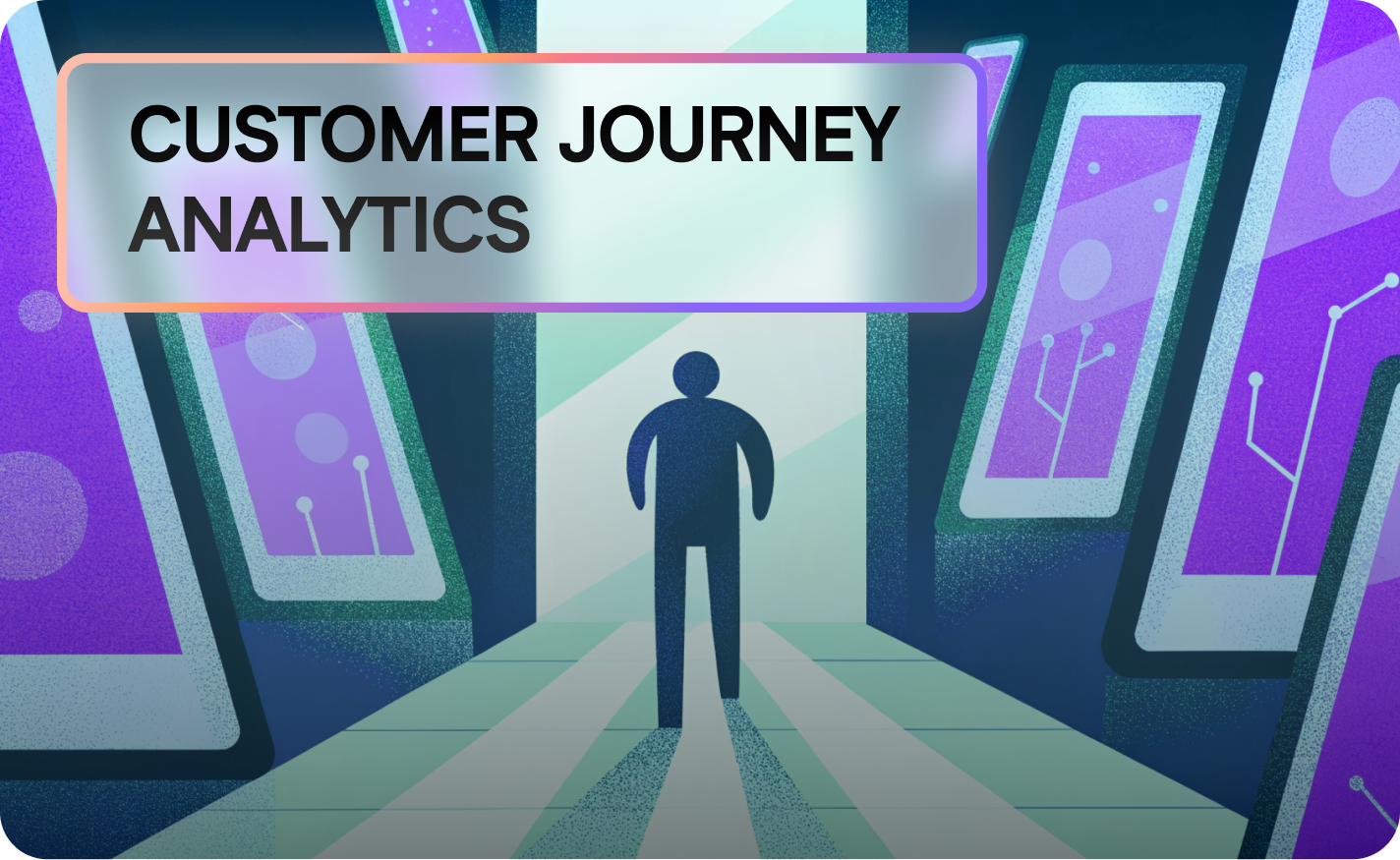Understanding user frustration

The web can be a source of all kinds of emotions, ranging from pure happiness to sheer frustration. Of course, everyone wants to avoid the latter – and not without a reason. According to research conducted at Boston College, we tend to remember the negative things in more detail than the positive ones. Once something frustrating happens, it’s more likely to stick than the good things. PWC’s report reflects this dependence, as it claims that 32% of customers are likely to abandon the brand they loved after just one bad experience.
How do you prevent frustration from happening? And what can you do once it arises?
In this article, we’re going to cover the following topics:
- how to detect user frustration in the early stages
- what are the different kinds of user frustration
- how to find out why your users are frustrated
- what can you do to prevent and reduce frustration
Keep reading to improve your user experience and make your visitors happier!
What causes user frustration
Errors

According to a UX survey conducted by Clutch, unreliability is one of the main causes of frustration when using a website. The same survey suggests that 63% of users (which is almost two-thirds) will abandon a website permanently if they find it unreliable.
This means that if a user stumbles upon a broken link, an irrelevant CTA button or a 404 error, they probably won’t be patient enough to stay and try again. Therefore, errors on your website are the burning issue that needs to be solved right away. They prevent the user from fulfilling their main goal – and why would they stay, if they can’t get what they want?
The tyranny of choice

The more, the better – or is it?
You might think that offering a bigger choice to the visitor will make them happier. Research by an American psychologist Barry Schwartz suggests that having too much choice leads to anxiety and, you guessed it, frustration.
This phenomenon can be explained through the main principles of cognitive psychology. No matter how trivial, every choice is a cognitive load. Our resources are limited and, if possible, we refrain from making too many decisions. If the user is faced with too many decisions, they’re quite likely to choose the easy way – decision avoidance. For you, it means they will just leave the website.
That’s not the only explanation, though. Schwartz also claims that no matter what we choose, we won’t be entirely happy – because what if there was a better alternative and we rejected it?
So, how does it apply to web design and UX? Dan Brown, an information architecture guru, came up with the principle of choices – the point is to give your users a certain degree of freedom, but not overwhelm them with options. Instead of confronting people with a lot of decisions at once, the user journey can be simplified or divided into smaller steps. One of the best ways to make that happen is search filtering, like in the case of most clothing retailers. Instead of browsing thousands of items, you can focus on little black dresses instead.
Page speed

In the age of everything fast, we want to access the information right away. How fast is right away, though?
40% of users will abandon your website if it takes more than 3 seconds to load. And that’s not all – the visitors are even more demanding when it comes to mobile experiences. According to Google itself, 53% are likely to leave a website if it’s loading for more than 3 seconds on a mobile device.
So, is it alright if you manage below the magical 3-second benchmark and just leave it there?
Well, not exactly. It’s more like every little helps.
When it comes to companies like Amazon, even a 0.1 increase in page loading time results in a 1% decrease in sales. In terms of an e-commerce giant like that, we’re talking about a $1.3 billion annual loss. Even if you’re not running a huge international business, improving your website speed can be a quick win, too.
Misleading communication

Your users won’t find what they’re looking for if they don’t know where to look for it – simple as that.
Communication can be misleading on many levels. You might be using tech jargon and not see any problem with it, but your visitors still won’t understand what you’re trying to say. Reinventing the wheel usually isn’t working either – if a certain action, or a feature, is commonly known as “X”, most of the time it doesn’t make much sense to rename it. Instead of making your users curious, you’re more likely to confuse them instead.
Most communication errors don’t lead to complete resignation, but they make the process unnecessarily complicated. When it comes to improving customer experience, it’s a huge field for improvement.
Detecting user frustration

Session replay
To find the sources of frustration, you need to see what the users are doing on your website. Session recording tools like LiveSession will help you get started. Certain on-screen behaviours are a clear indication that something is not going right. Some of the most prominent ones include error clicks and rage clicks.
Error clicks
Ever clicked on something that was supposed to be clickable and it wasn’t working? This is what we call an error click. Technically speaking, error clicks are detected when a JavaScript error occurs. And less technically speaking, this feature allows you to find out immediately when something is broken on your website.
Rage clicks
Rage clicks, on the other hand, are detected when the user clicks on the same feature very fast, multiple times in a row. This is a very clear indicator that they’re frustrated. It might happen when they’re trying to move to the next step, send a form or purchase something and the button is not working.
If you would like to learn more, you might be interested in our in-depth article on error clicks and rage clicks.
User surveys
Most of the time, when the visitor is frustrated, they won’t stick around for too long – hence they won’t fill any survey that pops up. This doesn’t mean you shouldn’t use surveys altogether, though! This method can be really helpful when it comes to collecting feedback from returning users. When someone’s loyal to your brand and they’ve been using your product for a long time, they’re very likely to have some interesting insights and suggestions.
How to reduce frustration
Keep your website consistent
This requires a certain level of design maturity , but it’s sure to pay off in the long run.
If you’ve been working on your product for a while now, there were probably different people and different methods involved. When you run a UX audit and a content audit of your website, you’ll soon notice that not all pages are designed according to the same rules and some elements have different names across the website.
Now, try looking at this state of things from the perspective of your user. Wouldn’t that feel confusing if one feature had different design and a different name, depending on how you reach it? You don’t always think about it when creating your digital product, yet your users are going to notice this at first glance – and they might find it incredibly misleading and frustrating.
Combine qualitative and quantitative analytics
Your bounce rates may tell you where to look, but they won’t tell you exactly why the users leave your website. Combining your quantitative data (e.g. Google Analytics) with qualitative insights from LiveSession will help you understand when and why your users are getting frustrated.
Summary
The key to preventing user frustration and handling it effectively is in-depth research and monitoring. We highly encourage you to track user behavior and analyze it in order to find fields for improvement. Thanks to tools like LiveSession, you’ll be able to spot the most urgent issues immediately, too.
Related articles
Get Started for Free
Join thousands of product people, building products with a sleek combination of qualitative and quantitative data.




